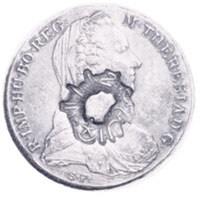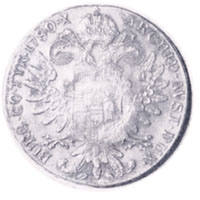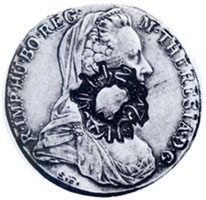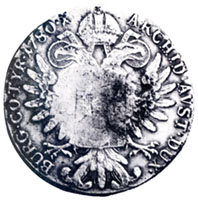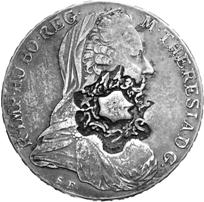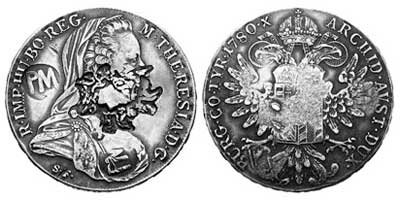
Bab-el-Mandeb (Bab el Mandab, Bab al Mandab, Bab al Mandeb, Bab al Mandib), Arabic for "Gate of Tears", "Gate of Grief", or "Gate of Affliction", is the strait separating the continents of Asia and Africa. It connects the Red Sea to the Indian Ocean (Gulf of Aden). It is sometimes called the Mandab Strait in English [1]. Ras Bab-el-Mandeb is a peninsula at the Arabic side of Bab-el-Mandeb in Yemen. Shaykh Sa'id (Cheikh Saïd, Sheikh Sa'eed, Ra's Sheikh Sa'eed, Ash Shaykh Sa'id) is the name of an ancient port on Ras Bab-el-Mandeb. It exists as a settlement until today. Shaykh Sa'id is located on the north-west side of Ras Bab-el-Mandeb.
In 1868, a French company purchased Sheikh Sa'eed and approximately 400,000 acres of surrounding land from the local tribe. In 1869, the purchase was anulled as the purchase price was only partially paid [2]. At the end of the 19th century, the port was described as French, British, or Turkish territory, depending on the map consulted.
According to The Price of Wealth: Economies and Institutions in the Middle East by Kiren Aziz Chaudhry, Cornell University Press 1997, the imam of Yemen negotiated with a French company in the 1870s to build a port at Shayk Sa'id to bypass both the Turkish controlled port of Mocha and the British controlled port of Aden. Aden under British Rule by R.J. Gavin, London 1975, is cited as reference.
The Ras Bab-el-Mandeb counterstamp is a circuar wreath with Arabic writing. It is listed in the Hafner catalog as Hafner 114.
Literature references
- Oriental Numismatic Society (ONS) Newsletter #44, August 1976.
Mitchiner: Coins struck by Shaykh Sa'id of Ras Bab al Mandab, circa 1890.
Mitchiner writes:
"... The headland of Ras Bab al Mandab juts into the mouth of the Red Sea from its African coast, creating Straits of the same name. Shaykh Sa'id, who controlled this strategic location during the period around 1890, struck his own coins which have not, so far as I know, been published previously:
1) Maria Theresa thaler (1780) counterstamped by Shaykh Sa'id
2) British India rupee 1840 bearing the same counterstamp
Counterstamp: Al Shaykh Sa'id fi ras Bab al Mandab."
- Mitchiner, Oriental Coins and their Values: The World of Islam. Hawkins Publications, U. K., 1977. Page 238, #1492.
Sales
Other Specimen
- The specimen displayed as H114 is different than the four specimen displayed above. Its host coin is a post-1945 strike.
Conclusion
It is very unlikely that genuine specimen of Maria Theresa Talers with Ras Bab-el-Mandeb counterstamp exist.- There are no historic records about counterstamping of coins in or for Ras Bab-el-Mandeb.
- Coins with the Ras Bab-el-Mandeb counterstamp were only offered for sale starting around 1970.
- The host coins of all known specimen have been struck after 1945, while the counterstamp was supposedly applied around 1880 (Hafner), 1890 (Mitchiner), or 1914 (H.D. Rauch).
